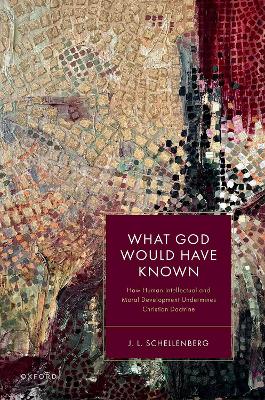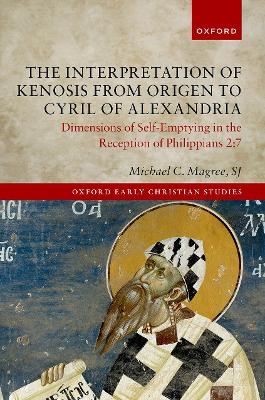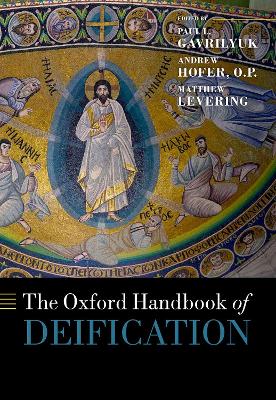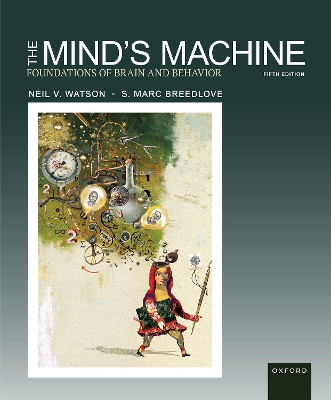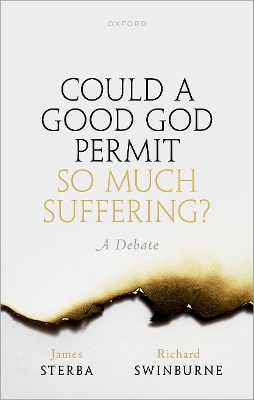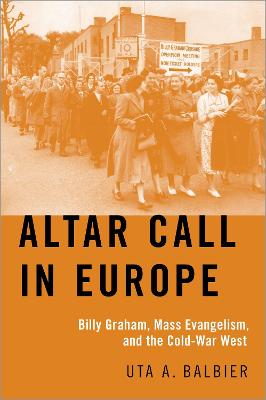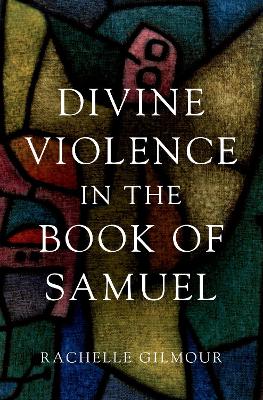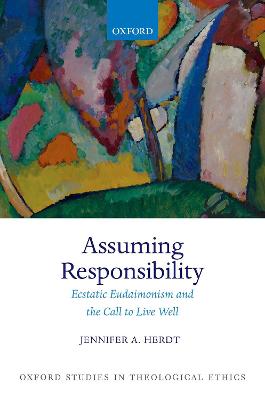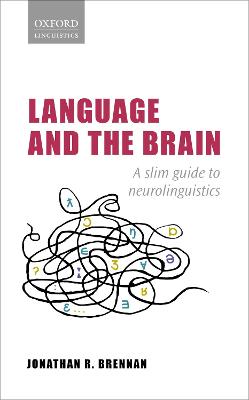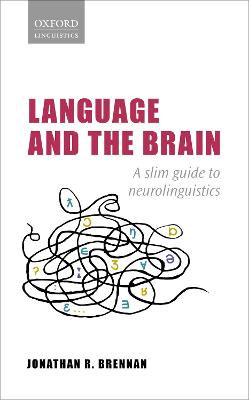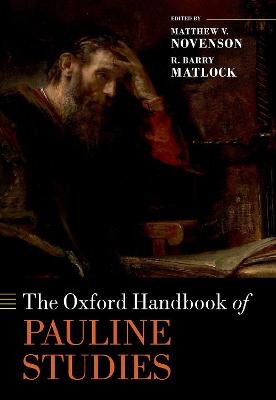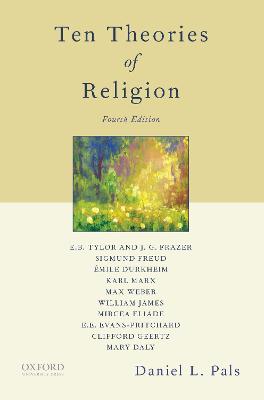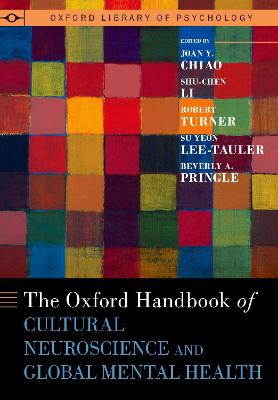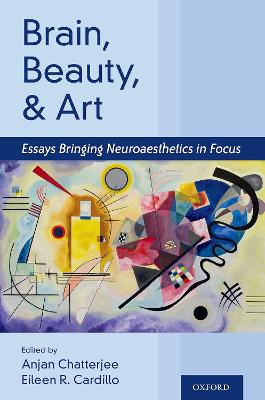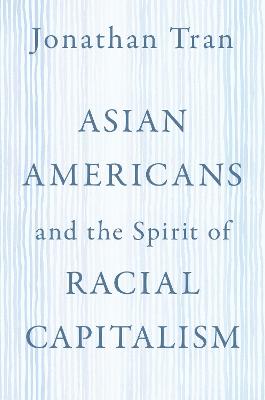Metaphors of Eucharistic Presence
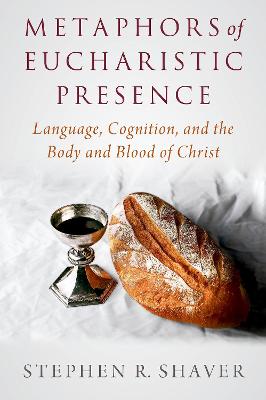 -10%
portes grátis
-10%
portes grátis
Metaphors of Eucharistic Presence
Language, Cognition, and the Body and Blood of Christ
Shaver, Stephen R.
Oxford University Press Inc
03/2022
304
Dura
Inglês
9780197580806
15 a 20 dias
552
Abbreviations
Chapter 1. Introduction: Theology in Multiple Metaphors
1.1 Liturgical theology and the embodied mind
1.2 An additive method
1.3 Metaphors of eucharistic presence
1.4 Some notes on scope and standpoint
Chapter 2. Metaphor, Embodied Realism, and Sacramental Truth
2.1 Introducing conceptual metaphor theory
2.2 More complex metaphors
2.3 Metonymy
2.4 Polysemy and prototypicality: beyond classical categories
2.5 Beyond objectivism: embodied realism for theologians
Conclusions
Chapter 3. Conceptual Blending and Two Ways of Feeding on Jesus
3.1 Conceptual blending
3.2 Asymmetric blends: bread is Jesus, Jesus is bread
3.3 The Synoptic/Pauline metaphor: this loaf and wine are jesus' body and blood
3.4 The Johannine metaphor: Jesus' flesh and blood are heavenly life-giving bread and drink
Conclusions
Chapter 4. Identity: The Great Divide
4.1 The identity motif in Christian tradition
4.2 Zwingli: "is" as a trope
4.3 Luther: "is" as literal predication
4.4 Some illustrative exchanges
4.5 A cognitive-linguistic assessment
4.6 Broader implications of the great divide
Conclusions
Chapter 5. Identity: Bridging the Divide
5.1 Overcoming the dichotomy: Robert Masson and the tectonic process
5.2 Building on Masson's work: radial extension and prototypicality
5.3 The Synoptic/Pauline metaphor as a tectonic shift
5.4 Polysemy: identity and distinction in tension
Conclusions
Chapter 6. Representation
6.1 Symbols as material anchors
6.2 The Y2 construction: a more complex integration network
6.3 Representation and Identity in coexistence
6.4 Revisiting the polysemy networks from Chapter 5
Conclusions
Chapter 7. Change
7.1 Development and variations of the change motif
7.2 Reformed and Lutheran responses to the change motif
7.3 The eucharistic gifts as bread and wine
Conclusions
Chapter 8. Containment
8.1 Development and variations of the containment motif
8.2 Post-Reformation responses to the containment motif
8.3 Transubstantiation: a special combination of change and containment
Conclusions
Chapter 9. Conduit
9.1 Verticality and the emergence of the conduit motif
9.2 Visual conduit language
9.3 Reformed and Roman visual piety: an unexpected convergence
Conclusions
Chapter 10. Bringing the Repertoire Together
10.1 Affirmations in common: the ecumenical repertoire of metaphors
10.2 Embodied entailments: the duration of Christ's presence
10.3 Embodied entailments: adoration
Conclusions
Selected Bibliography in Cognitive Linguistics
Abbreviations
Chapter 1. Introduction: Theology in Multiple Metaphors
1.1 Liturgical theology and the embodied mind
1.2 An additive method
1.3 Metaphors of eucharistic presence
1.4 Some notes on scope and standpoint
Chapter 2. Metaphor, Embodied Realism, and Sacramental Truth
2.1 Introducing conceptual metaphor theory
2.2 More complex metaphors
2.3 Metonymy
2.4 Polysemy and prototypicality: beyond classical categories
2.5 Beyond objectivism: embodied realism for theologians
Conclusions
Chapter 3. Conceptual Blending and Two Ways of Feeding on Jesus
3.1 Conceptual blending
3.2 Asymmetric blends: bread is Jesus, Jesus is bread
3.3 The Synoptic/Pauline metaphor: this loaf and wine are jesus' body and blood
3.4 The Johannine metaphor: Jesus' flesh and blood are heavenly life-giving bread and drink
Conclusions
Chapter 4. Identity: The Great Divide
4.1 The identity motif in Christian tradition
4.2 Zwingli: "is" as a trope
4.3 Luther: "is" as literal predication
4.4 Some illustrative exchanges
4.5 A cognitive-linguistic assessment
4.6 Broader implications of the great divide
Conclusions
Chapter 5. Identity: Bridging the Divide
5.1 Overcoming the dichotomy: Robert Masson and the tectonic process
5.2 Building on Masson's work: radial extension and prototypicality
5.3 The Synoptic/Pauline metaphor as a tectonic shift
5.4 Polysemy: identity and distinction in tension
Conclusions
Chapter 6. Representation
6.1 Symbols as material anchors
6.2 The Y2 construction: a more complex integration network
6.3 Representation and Identity in coexistence
6.4 Revisiting the polysemy networks from Chapter 5
Conclusions
Chapter 7. Change
7.1 Development and variations of the change motif
7.2 Reformed and Lutheran responses to the change motif
7.3 The eucharistic gifts as bread and wine
Conclusions
Chapter 8. Containment
8.1 Development and variations of the containment motif
8.2 Post-Reformation responses to the containment motif
8.3 Transubstantiation: a special combination of change and containment
Conclusions
Chapter 9. Conduit
9.1 Verticality and the emergence of the conduit motif
9.2 Visual conduit language
9.3 Reformed and Roman visual piety: an unexpected convergence
Conclusions
Chapter 10. Bringing the Repertoire Together
10.1 Affirmations in common: the ecumenical repertoire of metaphors
10.2 Embodied entailments: the duration of Christ's presence
10.3 Embodied entailments: adoration
Conclusions
Selected Bibliography in Cognitive Linguistics

